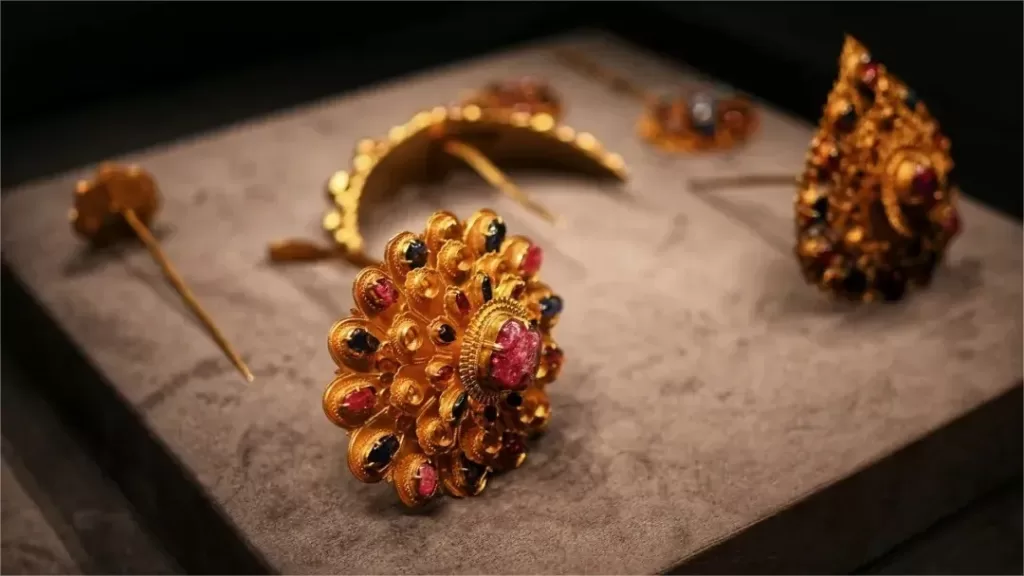The Beijing Capital Museum and the National Museum of China are two of the most prominent museums in China, both located in the capital city of Beijing. While both museums showcase artifacts and exhibits that highlight China’s rich cultural history, there are significant differences between the two institutions.
Similarities
Firstly, both museums feature exhibitions that showcase the cultural heritage of China. The National Museum of China, established in 2003, features over 1.4 million objects that span China’s history, from prehistoric times to the present day. Similarly, the Beijing Capital Museum, which opened in 2006, showcases over 5,000 years of Chinese history, art, and culture.
Secondly, both museums are located in prominent locations in the city. The National Museum of China is situated in Tiananmen Square, one of the most famous landmarks in China, while the Beijing Capital Museum is located in the Xicheng District, an area that has significant historical and cultural significance.
Thirdly, both museums are state-owned and operated. As such, they are run with the objective of preserving, showcasing, and promoting Chinese culture and heritage.
Differences
The primary difference between the two museums is the scope of their collections. The National Museum of China has a broader collection of artifacts, spanning a wider range of topics and time periods, including exhibits on the Chinese revolution, Chinese calligraphy, and the history of the Communist Party. In contrast, the Beijing Capital Museum has a more focused collection, with a particular emphasis on the art and culture of the capital city of Beijing.
Another difference between the two museums is their architecture and design. The National Museum of China is a massive modern building, with an imposing facade that is visible from Tiananmen Square. The museum features a blend of traditional and modern Chinese design elements, with an emphasis on open spaces and natural light. In contrast, the Beijing Capital Museum is designed to blend in with the surrounding traditional architecture of the Xicheng District. The museum’s design is a fusion of contemporary and traditional Chinese elements.
Conclusion
In conclusion, the Beijing Capital Museum and the National Museum of China are both important cultural institutions in China that showcase the country’s rich history and cultural heritage. While both museums share some similarities, they also have significant differences in terms of their collections and architecture.

